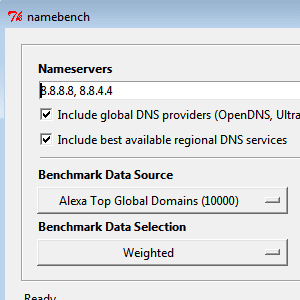- About DNS-Lookup DNS Lookup is an online tool that will find the IP address and perform a deep DNS lookup of any URL, providing in-depth details on common record types, like A, MX, NS, SOA, and TXT.
- Domain DNS Health Checker Tool Find issues, warnings and complete information (standard procedures and best practices) regarding your domain's DNS. Also check your website's A record and MX record IP in blacklists. This tool offers complete DNS health checkup for your domain.
About DNS Lookup. DNS Lookup is a browser based network tool that displays DNS records showing publicly for the domain name being queried. DNS Lookup allows you to use public DNS server (Google, Cloudflare, Quad9, OpenDNS, Level3, Verisign, Comodo, Norton, Yandex, NTT, SDNS, CFIEC, Alidns, 114DNS, Hinet, etc.), Specify name server, Authoritative name server, Top-level domain name server.
The DNS Records tool allows you to retrieve the domain name records for the domain name you provide.

Dns Lookup Online
Usage
Two versions of the tool are available. To use the basic tool, enter a domain name in the text box, then click “Go.”
When to Use It
You can use the DNS Records tool to diagnose problems with a domain name’s server(s). If your lookup of a domain name doesn’t work, you can use the tool to help find the root cause.
NsLookup
In addition to the DNS Records tool, we offer the more advanced NsLookup tool that lets you choose the DNS server to query and the type of records to request. If the DNS Records tool doesn’t indicate any problems but you’re still seeing issues, using the NsLookup to point to a different server may return helpful details.
NsLookup also lets you check to see if multiple servers are reporting consistent and up-to-date information.
A Deeper Look
The domain name system works by passing information from one server to another.
How To Check Dns Settings
Authoritative Servers
The first server to “receive” domain name related information is the one to which the domain or its host belongs. This is the authoritative server. The authoritative server then propagates the domain’s information to the root servers and other servers around the world. This process can take up to a couple of days.
Many DNS servers will accept queries only for authoritative records, eg, requests for domains they own. If you don’t know who owns a domain name, you can query a public server for additional information.
Querying any DNS server that accepts your request will return the NS records. These will contain information about the domain’s authoritative servers. You can then repeat the query using the authoritative server to see if your results are consistent.
Root Servers
There are thirteen root DNS servers. They hold authoritative information on top-level domains using the most popular extensions like .com, .org, and .net.
They also hold the following records for nearly all domains:
- A: IPv4 address
- AAAA: IPv6 address
- NS: authoritative server for the domain’s zone.
Since the information they hold is incomplete, they’re used mostly by other DNS servers to find a domain’s authoritative servers. If information on a new or changed domain hasn’t propagated to the root servers, most clients won’t be able to locate the domain.
DNS Propagation
Propagation speed depends mainly on the records’ TTL (time to live) value. This dictates how long a DNS record will be cached on a local server (resolver). A lower value will cause the resolvers to updated more quickly.
Since domain records don’t change often, the TTL needs to be reasonably high. Typical values range from 3600 seconds (1 hour) to 86400 seconds (1 day). There may be an additional delay in making the records available on the authoritative server.
Interesting Stuff

Some facts about domain names and the domain name system over the years:
- Hostnames and domain names appeared very early in the history of the internet (ARPANET) because it is a lot easier to remember “network-tools.com” than “45.79.14.160.”
- The original idea for domain names, spelled out in RFC 811, called for one NIC Internet Hostnames Server with a Host Table. This, however, was not very scalable.
- The Domain Name System (RFC 1034) appeared in 1987. It was designed to use multiple servers and caching. Though fragile, this is (mostly) still the system that operates today.
- Occasionally, people have propagated false information through the DNS system. This is done to launch things like a denial of service attack on a server, which can shut-down large portions of the internet.